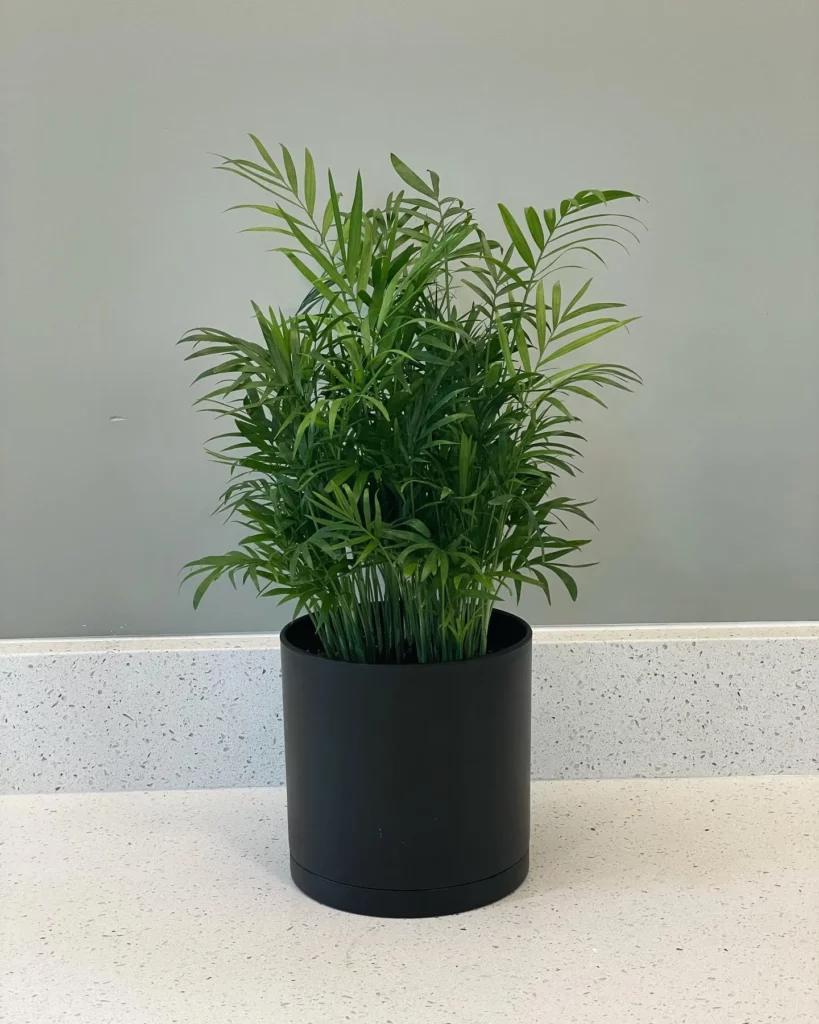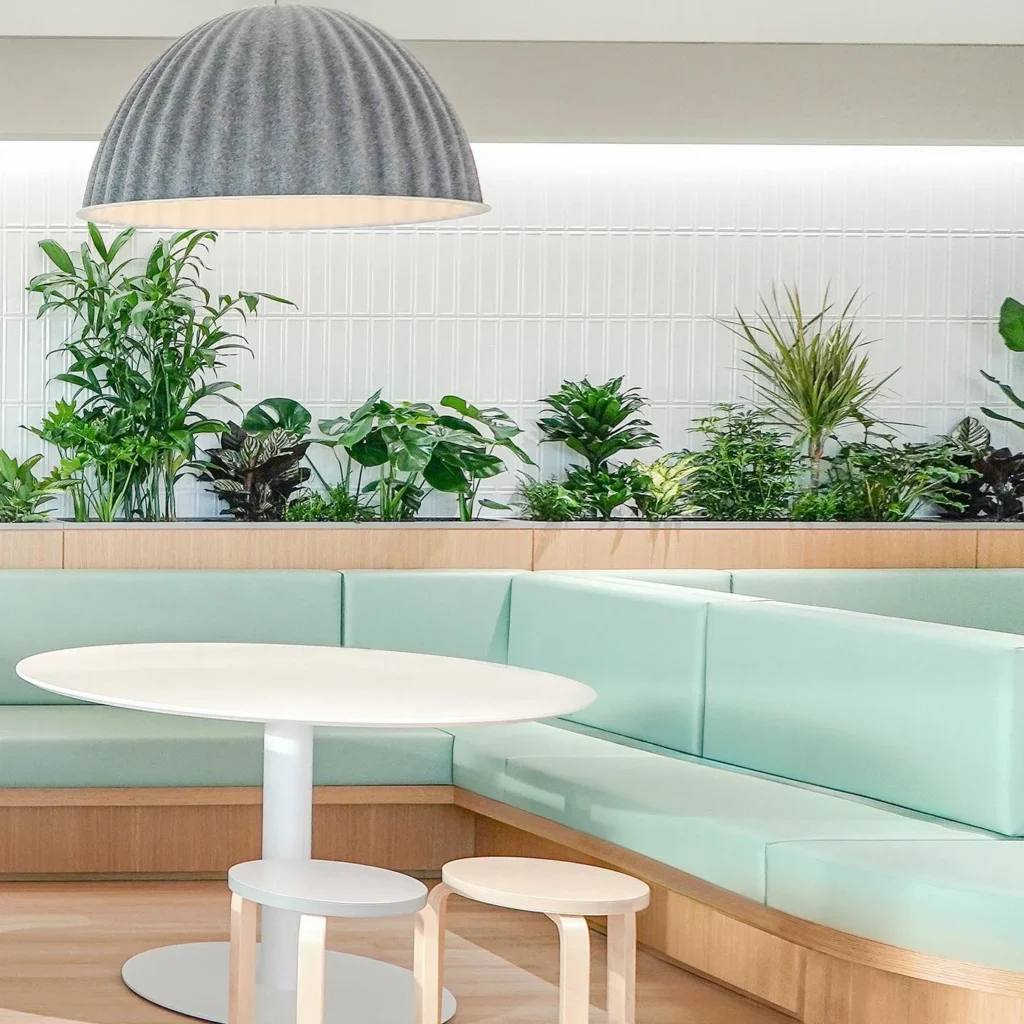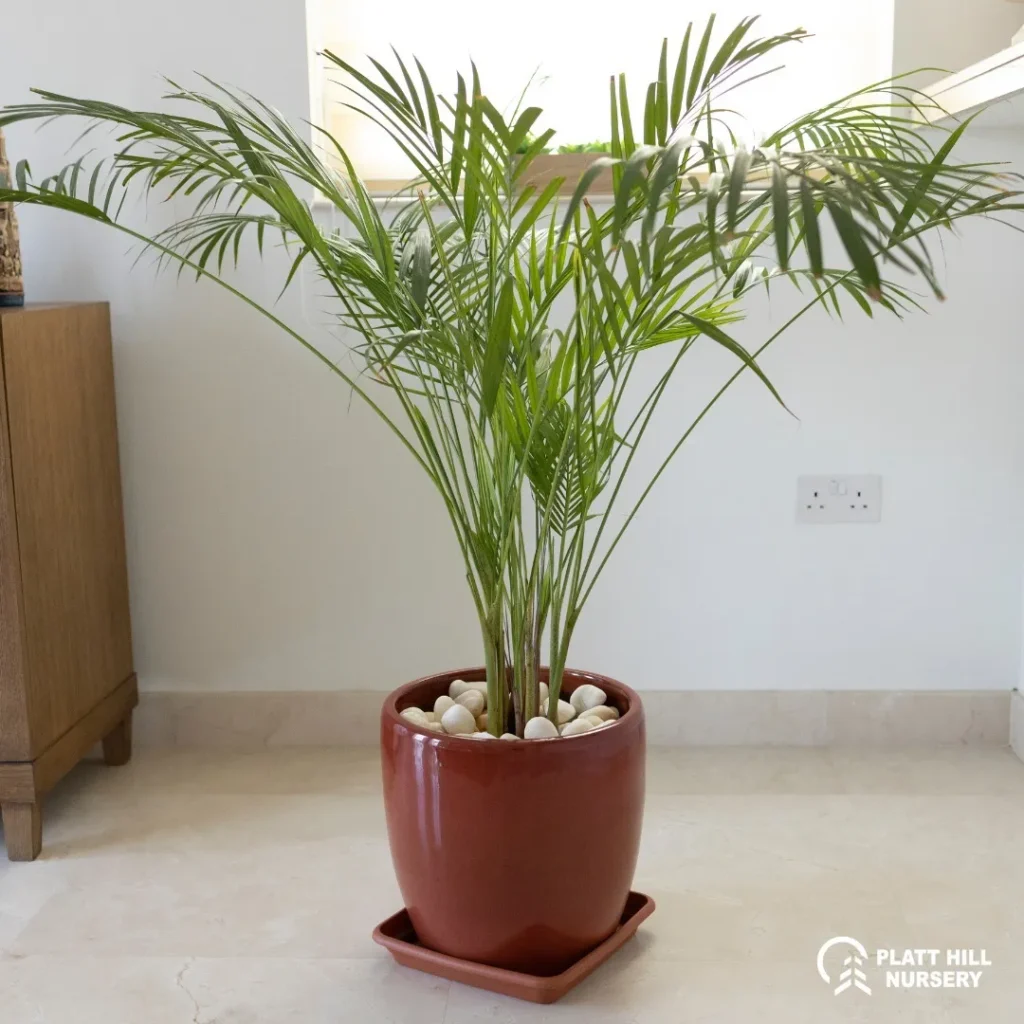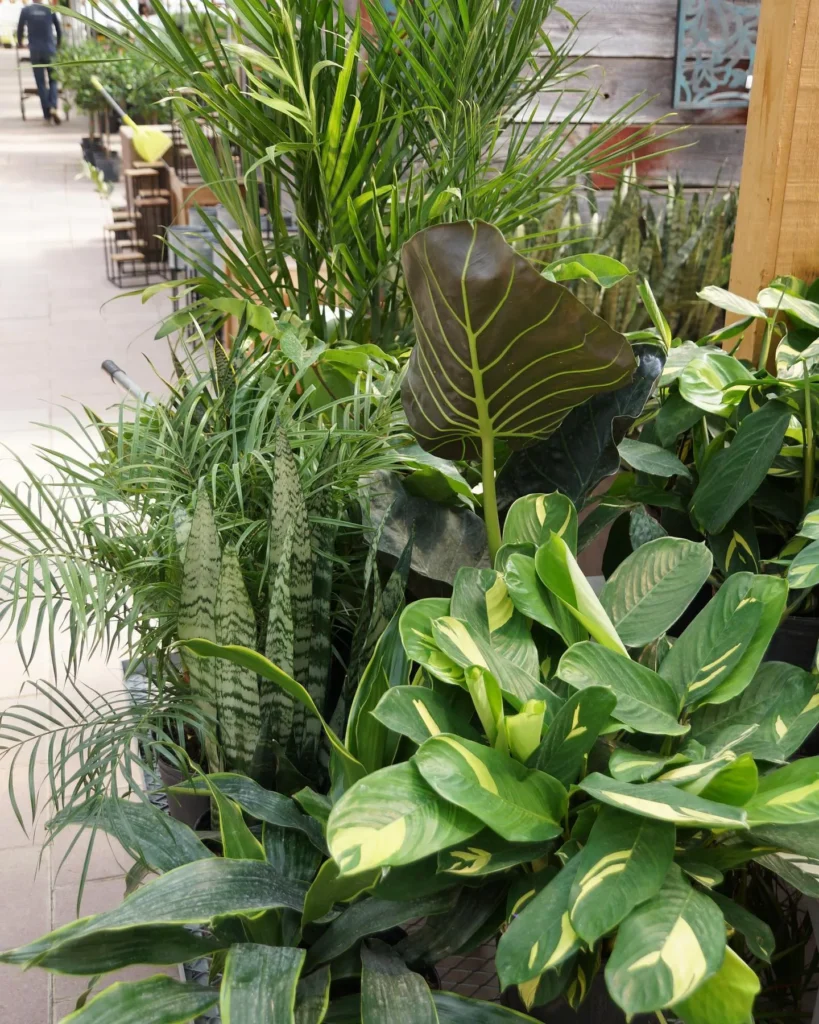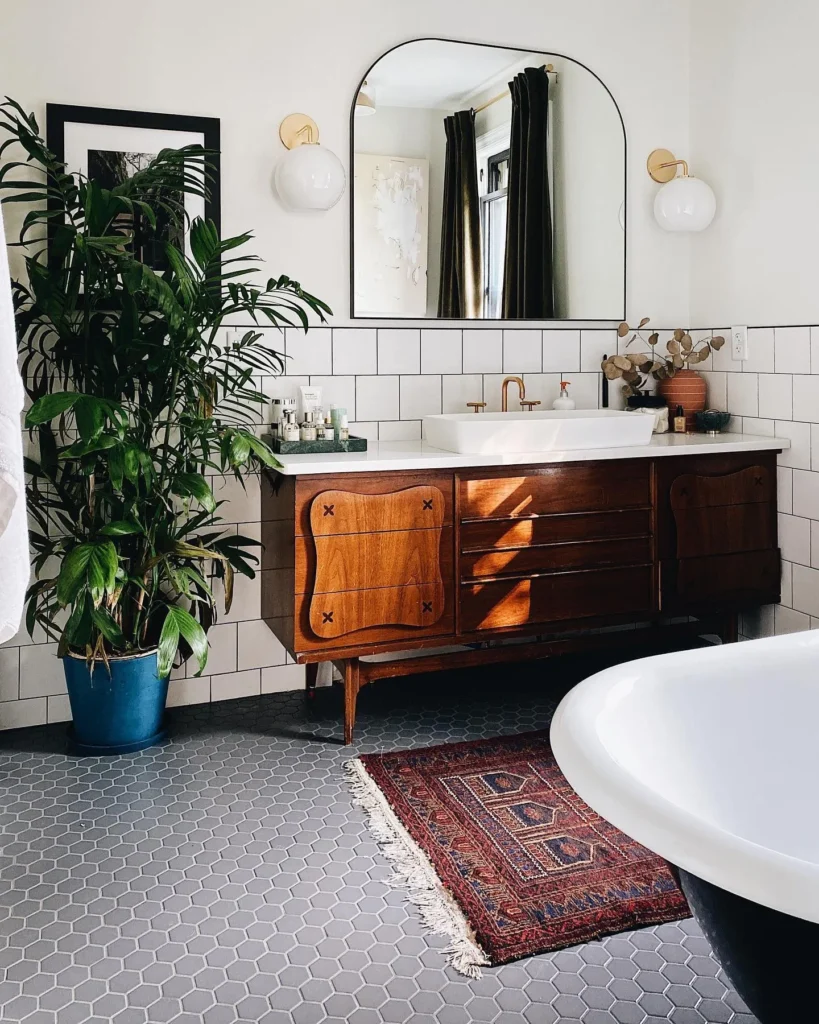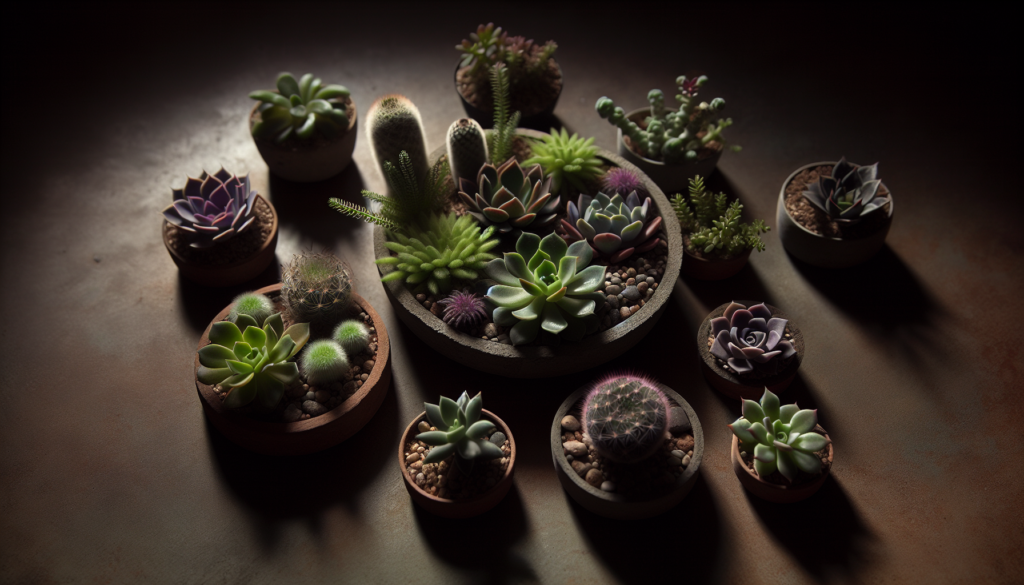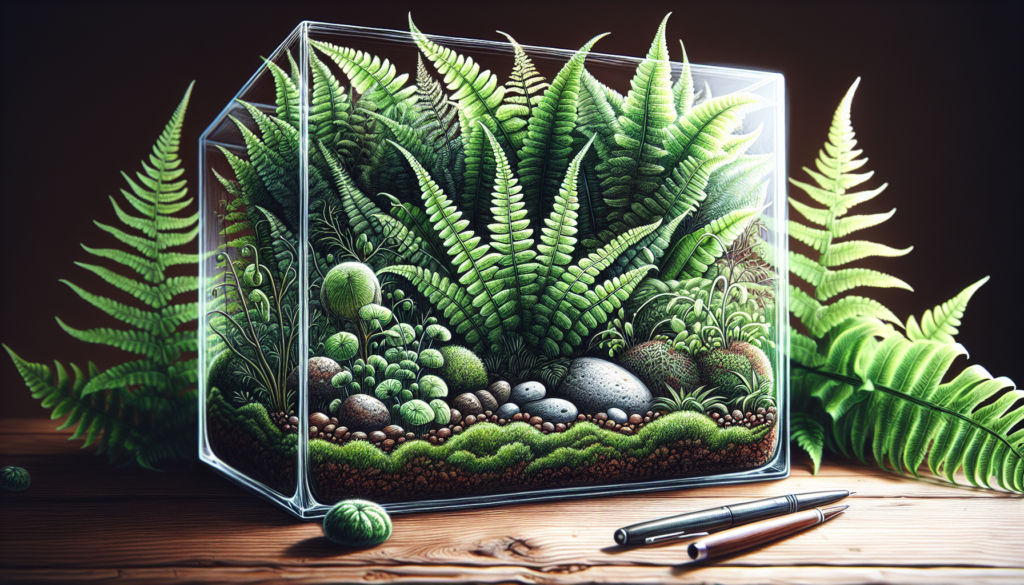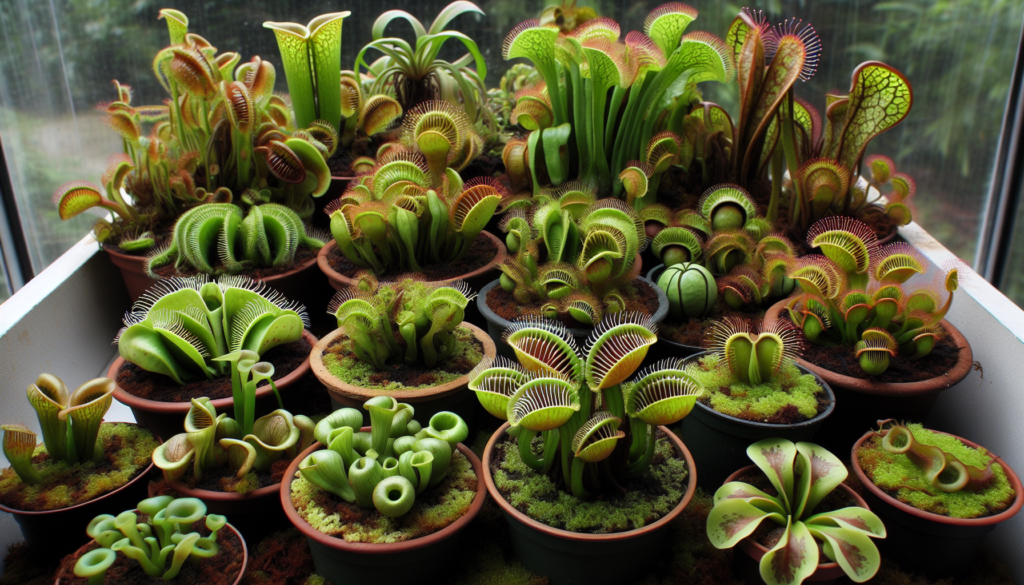Welcome to our guide on how to grow beautiful Bamboo Palms indoors, effortlessly. The Bamboo Palm, also known as Chamaedorea or Reed Palm, is a versatile plant that thrives in indoor environments. Not only does it add a touch of lush greenery to your space, but it also acts as a natural air purifier, filtering out toxins from the air.
Native to Central and Southern America, the Bamboo Palm is known for its remarkable shade tolerance, making it an ideal choice for low-light conditions. Whether you have a north-facing window or limited natural light, the Bamboo Palm will thrive and bring life to your home or office.
Appearance of Bamboo Palm
The Bamboo Palm, with its elegant and slender stems resembling bamboo, brings a touch of natural beauty to any indoor space. Its pinnate leaves add depth and create a tropical ambiance, transforming your home or office into a tranquil oasis.
- The leaves of the Bamboo Palm can be an enchanting shade of green, blue-green, or even have a shimmering metallic appearance, adding a vibrant splash of color to your surroundings.
- This versatile plant can grow tall, reaching heights of 8-10 feet, allowing it to become a stunning focal point in any room. Alternatively, it can stay smaller, depending on the variety, making it suitable for compact spaces as well.
- As a clumping plant, new growth emerges from the soil around the parent plant, creating a lush and visually interesting display.
Light Requirements for Bamboo Palm
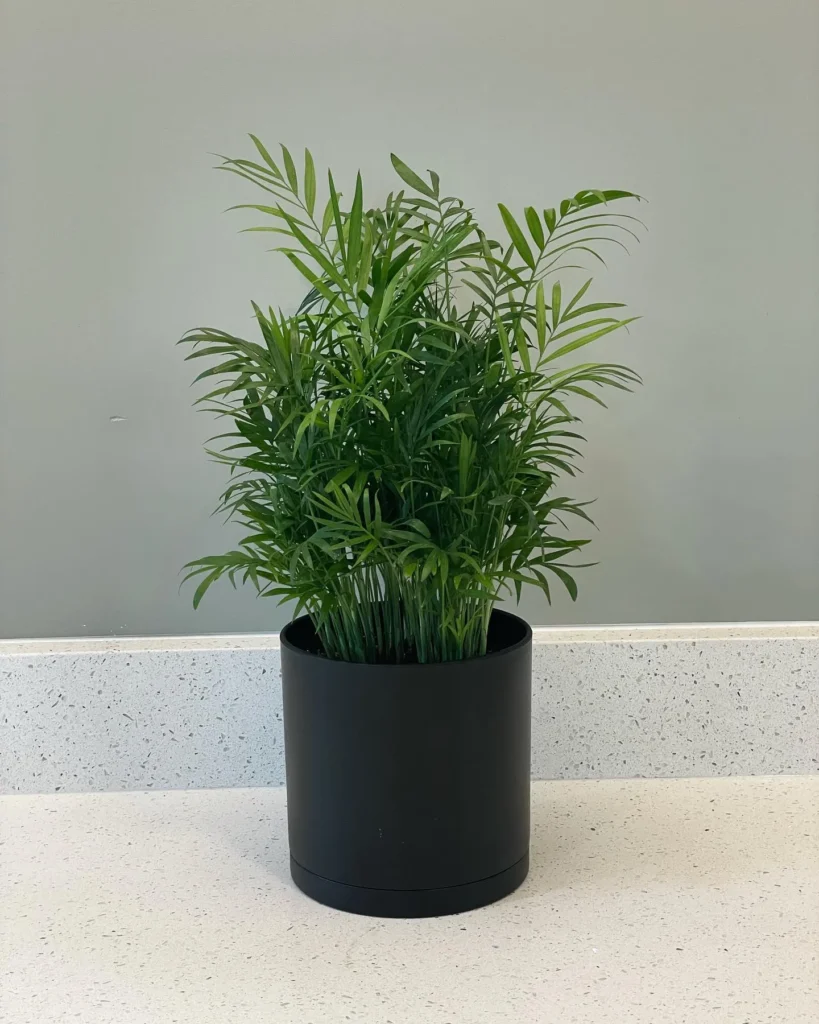
Bamboo Palms are well-known for their exceptional shade tolerance and ability to thrive in low-light conditions. This makes them a perfect choice for indoor spaces with limited sunlight. While they can endure lower light levels, it is important to avoid exposing them to full sun, as it can be harmful to the plant’s health.
To provide optimal lighting conditions for your Bamboo Palm, place it near windows that face east, south, or west. These directions offer partial sunlight throughout the day, which is ideal for the plant’s growth and development. Additionally, Bamboo Palms can also do well in north-facing light, although the light intensity may be lower.
Filtered natural light or bright fluorescent light can also be suitable for Bamboo Palms. These types of light sources provide enough brightness for the plant’s photosynthesis process without causing damage. So, if your indoor space doesn’t receive direct sunlight, don’t worry! Your Bamboo Palm can still thrive and beautify your environment with its lush green foliage.
Watering Bamboo Palm
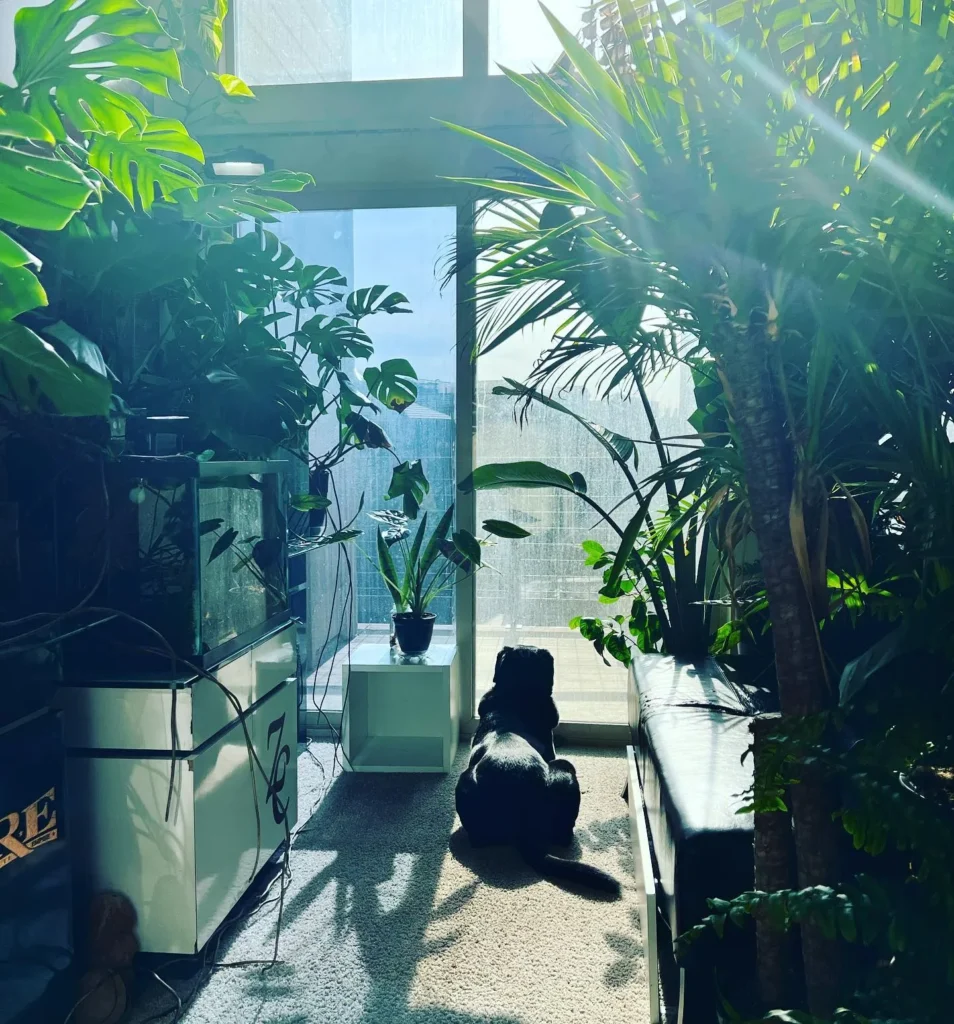
Proper watering is crucial for the health and vitality of your Bamboo Palm. These tropical plants require regular watering to maintain soil moisture and ensure their well-being. However, it is important to find the right balance and avoid overwatering, which can lead to yellowing and dropping leaves.
To determine the correct watering schedule for your Bamboo Palm, it is recommended to use a soil probe, such as the SoilSleuth. This handy tool allows you to gauge the moisture level of the soil and determine when it’s time to water. Aim to keep the soil evenly moist, but not waterlogged.
During the fall and winter seasons, when the plant’s growth slows down, you can reduce the frequency of watering. However, make sure not to let the soil completely dry out, as this can harm the plant.
When watering your Bamboo Palm, it is essential to avoid placing it near heating and cooling vents. The hot or dry air from these sources can quickly dry out the plant and increase the need for more frequent watering. Maintaining a consistent level of humidity around the plant is beneficial for its overall health.
Additionally, it’s crucial to ensure that excess water is not left sitting in the pot or saucer. This can lead to waterlogged soil, which can cause root rot and damage the plant. Make sure to allow sufficient drainage and remove any excess water that accumulates.
Fertilizing Bamboo Palm
Instagram @hoyacakes
Fertilizing your Christmas cactus is an important part of its care routine. Providing the right nutrients will help promote healthy growth and vibrant blooms. When it comes to fertilizing, you’ll want to use a high-potassium fertilizer to support the plant’s flowering capabilities.
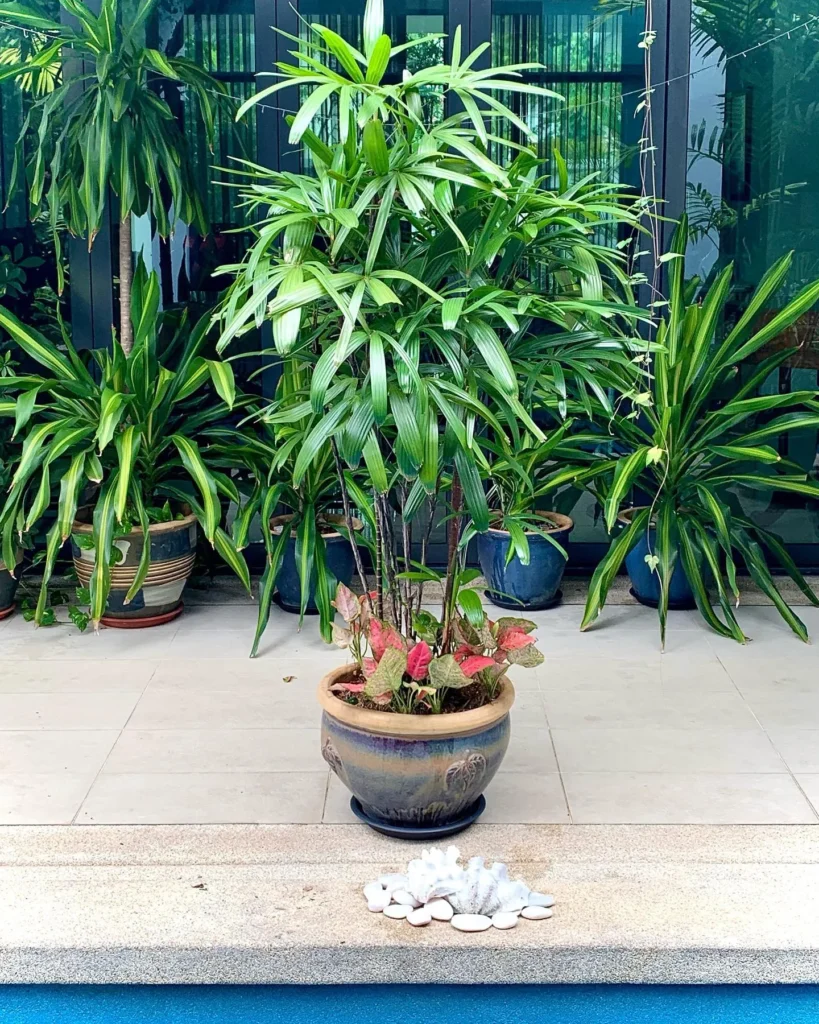
Fertilizing is an essential part of caring for your Bamboo Palm. By providing the right nutrients, you can promote lush leaf growth and ensure the overall health of the plant.
To fertilize your Bamboo Palm, it is recommended to use a soluble fertilizer that can be mixed with water. This allows for easy and effective application to the plant.
When choosing a fertilizer, opt for one that is high in nitrogen. Nitrogen is essential for promoting healthy and vibrant foliage. Look for fertilizers specifically designed for foliage plants or palms.
It is best to fertilize your Bamboo Palm every three to four months during the spring and summer seasons. This ensures a steady supply of nutrients for optimal growth.
If you notice the leaves of your Bamboo Palm starting to brown towards the tips, it may be a sign of excessive fertilization or the build-up of fertilizer salts in the soil. In such cases, it is recommended to switch to just watering the plant until the excess salts are removed from the soil.
Aside from fertilizing, regular pruning is also beneficial for the overall health of the Bamboo Palm. Pruning helps to remove any dead or damaged leaves, creating room for fresh growth to emerge.
Potting Bamboo Palm
When it comes to the care of Bamboo Palms, potting plays a crucial role in providing them with the right environment to thrive. These slow-growing plants do not require frequent repotting. However, repotting becomes necessary when the roots have filled the current pot and require more room to grow.
To repot your Bamboo Palm, start by selecting a new pot that is one size larger than the current one. This will allow the roots to spread out and establish themselves comfortably. Choose a pot with drainage holes to prevent waterlogging and ensure proper soil moisture regulation.
- Carefully transfer the Bamboo Palm from the old pot to the new one, taking extra care with the delicate, thin, and brittle roots. Gently loosen the root ball by tapping the sides of the old pot and gently massaging the roots to untangle them.
- Fill the new pot with fresh, well-draining soil. You may consider using a mixture of regular potting soil and peat moss to create a nutrient-rich environment.
- Place the Bamboo Palm into the new pot, ensuring that the top of the root ball is level with the top of the pot. Adjust the soil level if necessary.
- Gently press the soil around the plant, creating a firm but not overly compacted base. This will provide stability and support for the Bamboo Palm.
- After repotting, water the plant thoroughly to help settle the soil and ensure proper hydration.
- It’s a good practice to periodically rotate the pot to promote upright growth and prevent asymmetry. This will help the Bamboo Palm maintain a balanced and pleasing appearance.
Propagating Bamboo Palm
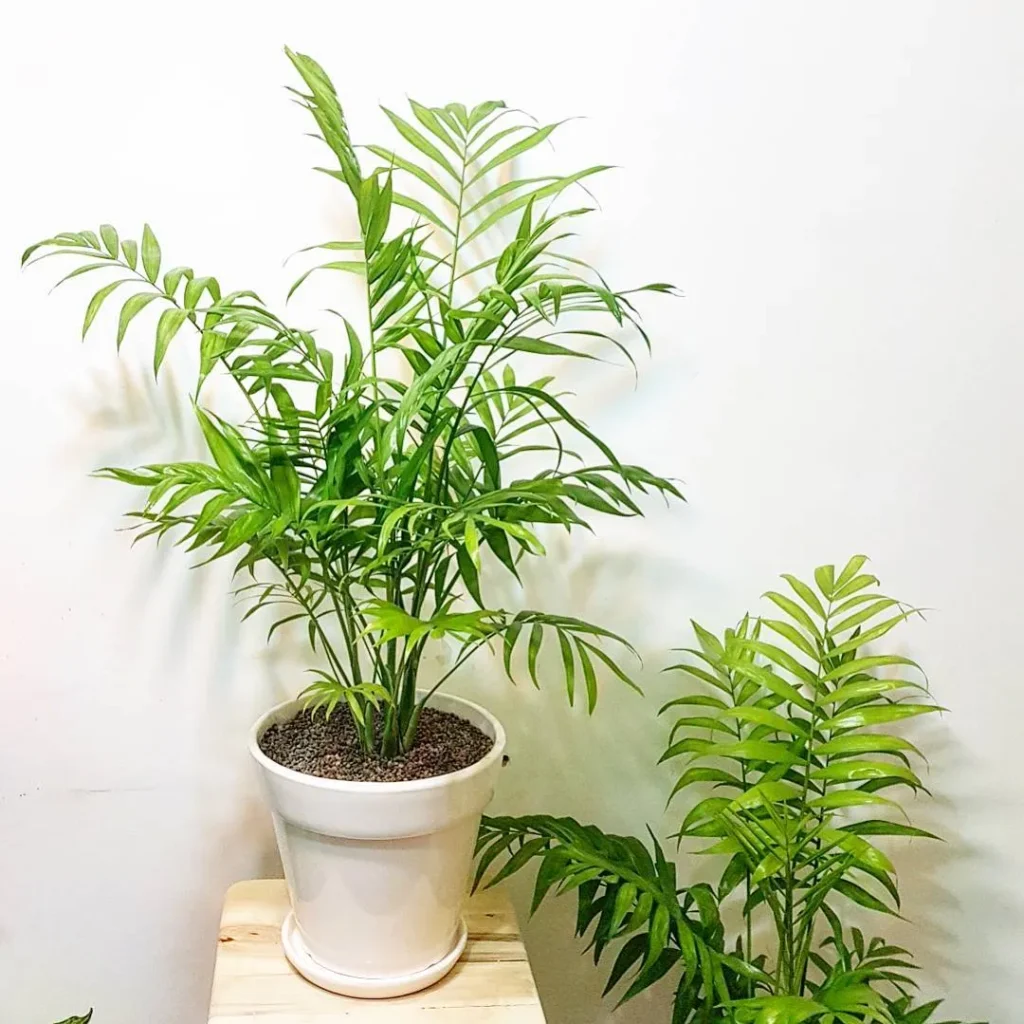
Bamboo Palms can be easily propagated through division, allowing you to create new plants from offshoots that have formed around the parent plant. Follow these simple steps to propagate your Bamboo Palm:
- Carefully identify and select healthy offshoots that have their own roots.
- Using clean and sharp gardening shears, cut the offshoots from the parent plant.
- Pot the offshoots individually in well-draining soil.
- Ensure that the pots have good drainage to prevent waterlogging.
- Place the newly potted offshoots in a humid environment to encourage root development. You can create a makeshift greenhouse by covering the pots with a clear plastic bag or using a humidity dome.
- Keep the humidity levels around the offshoots consistent by misting them regularly.
- Monitor the offshoots closely and water them as needed to maintain proper moisture levels.
- After a couple of months, the offshoots should develop strong roots and be ready to be transplanted to their permanent pots or garden beds.
Growth and Development of Bamboo Palm
Bamboo Palms are unique plants that are known for their slow growth. As houseplants, they typically only grow 2 to 3 inches per year. However, when planted outdoors in warm climates, they have the potential to grow faster and reach impressive heights of several feet.
The size of the Bamboo Palm can vary depending on the variety. Some varieties stay small, making them perfect for compact spaces or tabletop displays, while others have the potential to grow tall and make a statement in larger rooms or outdoor gardens.
To ensure the healthy growth and development of your Bamboo Palm, it’s important to provide proper care. This includes regular watering and fertilization. By paying attention to their specific needs, you can promote lush and vibrant foliage.
Slow Growth, Small Size
- Bamboo Palms are known for their slow growth, typically only growing 2 to 3 inches per year as houseplants.
- Some Bamboo Palm varieties stay small, making them suitable for smaller spaces or tabletop displays.
With their slow growth and small size, Bamboo Palms offer a unique charm and character that can beautifully complement any indoor or outdoor space.
Pests and Diseases of Bamboo Palm
Bamboo Palms are generally pest-free, but it’s not uncommon for them to encounter a few issues with pests and diseases. Some common pests that can affect Bamboo Palms include spider mites, mealybugs, and scale.
- Spider Mites: These small pests thrive in hot and dry conditions. To control spider mites, you can wash the plant with soapy water, paying close attention to the undersides of the leaves.
- Mealybugs: Mealybugs are another common pest that can infest Bamboo Palms. These soft-bodied insects can be wiped out using horticultural soap or oil. Regular inspection and immediate treatment are essential to prevent mealybug infestations.
- Scale: Scale insects are another potential problem for Bamboo Palms. These small, immobile pests may appear as small bumps on the leaves or stems. To combat scale, horticultural soap or oil can be used to wipe them off the plant.
Cleaning and Pruning Bamboo Palm
Bamboo Palms are beautiful and low-maintenance plants that can thrive indoors. To keep your Bamboo Palm looking its best, regular cleaning and pruning are essential.
Cleaning Bamboo Palm
To clean your Bamboo Palm, you can start by using a feather duster to gently remove dust and debris from the leaves. However, make sure that the duster is clean itself to avoid transferring any pests. For a more thorough cleaning, occasionally wipe the leaves with a soft cloth or sponge dampened with mild soap and water. This will help to remove any bacteria or pests that may have accumulated.
Pruning Bamboo Palm
Pruning is an important aspect of Bamboo Palm care and is typically required to remove discolored or old leaves. As the plant ages, some leaves may turn yellow or brown, and pruning them off not only improves the plant’s appearance but also promotes new growth and overall plant health. When pruning your Bamboo Palm, use sharp shears and cut the leaves off at the base, close to the plant’s stem. Be careful not to remove too many healthy leaves, as this can hinder the plant’s ability to photosynthesize and grow.
Benefits of Bamboo Palm for Indoor Air Quality
Bamboo Palms are more than just attractive houseplants—they also play a vital role in improving indoor air quality. By acting as natural air purifiers, these plants help to create a healthier and more refreshing environment in your home or office.
Bamboo Palms and Air Purification
Bamboo Palms have the unique ability to absorb harmful chemicals such as formaldehyde, benzene, chloroform, and carbon monoxide from the air. These chemicals are commonly found in various household products and materials, and continuous exposure to them can have negative effects on our health.
The Dangers of Formaldehyde and Benzene
Formaldehyde is present in paints, carpets, and cooking materials, and it is known to be carcinogenic with prolonged exposure. Benzene, on the other hand, can be found in gasoline and a range of household products. Continuous exposure to benzene can lead to various health issues.
Natural and Aesthetic Air Purification
With Bamboo Palms, you can address these indoor air quality concerns in a natural and aesthetically pleasing way. They effectively filter out these harmful chemicals, helping to eliminate their presence in your indoor environment and creating a healthier space for you and your family.
A Fresh Breath of Air
By incorporating Bamboo Palms into your indoor spaces, you not only enhance the visual appeal but also contribute to cleaner and fresher air. These plants can make a significant difference in your overall well-being, promoting a healthier and more enjoyable living or work environment.
Final Thoughts on Bamboo Palm Care
Bamboo Palms are highly sought-after houseplants due to their easy care requirements and impressive low-light tolerance. Whether you have a bright office or a cozy living room, these plants can thrive in various indoor environments, bringing a touch of tropical ambiance and improving the air quality in your space.
To ensure the health and growth of your Bamboo Palm, it is crucial to provide proper care. Regular watering, using a well-draining soil, is essential to maintain the right level of moisture without overwatering. Fertilizing your plant with a soluble fertilizer high in nitrogen can promote lush leaf growth, contributing to its overall beauty.
In addition, periodic pruning is necessary to remove discolored or old leaves, giving room for new growth and maintaining the plant’s aesthetics. Embrace the slow growth of your Bamboo Palm, as this unique characteristic adds to its charm and longevity as an indoor companion. With these simple care tips and a little attention, Bamboo Palms can flourish and become stunning additions to any home or office space.
So, if you are looking for an easy-care plant with low-light tolerance, the Bamboo Palm is the perfect choice. Its versatility, air purifying qualities, and tropical appearance make it an ideal addition to any indoor setting. Invest in the care and well-being of your Bamboo Palm, and it will reward you with its enduring beauty, bringing a touch of nature into your everyday life.
FAQ
Q: How tall can a Bamboo Palm grow?
A: Bamboo Palms can grow up to 8-10 feet tall, depending on the variety.
Q: What kind of light does a Bamboo Palm need?
A: Bamboo Palms prefer partial sunlight and can be placed near east-, south-, or west-facing windows. They can also thrive in low-light conditions and do well in north-facing light.
Q: How often should I water my Bamboo Palm?
A: Bamboo Palms require regular watering to maintain soil moisture. The soil should be kept evenly moist, but be cautious about overwatering as it can cause the leaves to yellow and drop.
Q: What type of fertilizer should I use for my Bamboo Palm?
A: It is recommended to use a soluble fertilizer that is high in nitrogen to encourage lush leaf growth.
Q: How often should I fertilize my Bamboo Palm?
A: Fertilization can be done quarterly during the spring and summer seasons.
Q: When should I repot my Bamboo Palm?
A: Repotting is necessary when the roots fill the pot and have no more room to grow. It is important to use a new pot one size larger than the old pot and fill it with fresh soil.
Q: How can I propagate my Bamboo Palm?
A: Bamboo Palms can be propagated through division. Offshoots that have formed around the parent plant can be cut and potted individually.
Q: How fast do Bamboo Palms grow?
A: Bamboo Palms are slow-growing plants, typically growing only 2 to 3 inches per year as houseplants. When planted outdoors in warm climates, they can grow faster.
Q: What pests and diseases can affect a Bamboo Palm?
A: Bamboo Palms can occasionally face issues with spider mites, mealybugs, and scale. Regular inspection and proper care can help prevent and treat these pest infestations.
Q: How should I clean and prune my Bamboo Palm??
A: Bamboo Palms can be cleaned with a feather duster or mild soap and water. Pruning should be done to remove discolored or old leaves, promoting new growth and overall plant health.
Q: Can a Bamboo Palm improve indoor air quality?
A: Yes, Bamboo Palms are excellent air purifiers and can absorb formaldehyde, benzene, chloroform, and carbon monoxide from the air.
Q: Are Bamboo Palms easy to care for?
A: Yes, Bamboo Palms are popular houseplants due to their easy care requirements and low-light tolerance.

